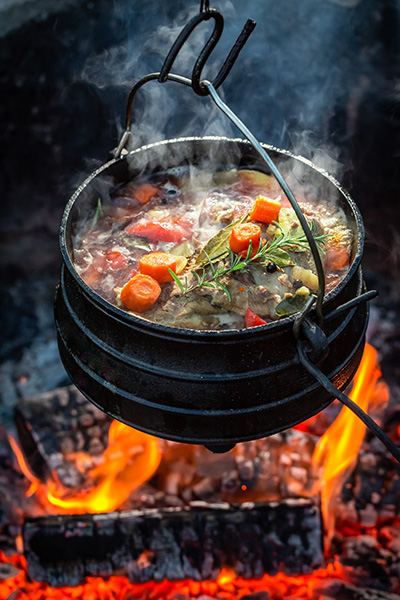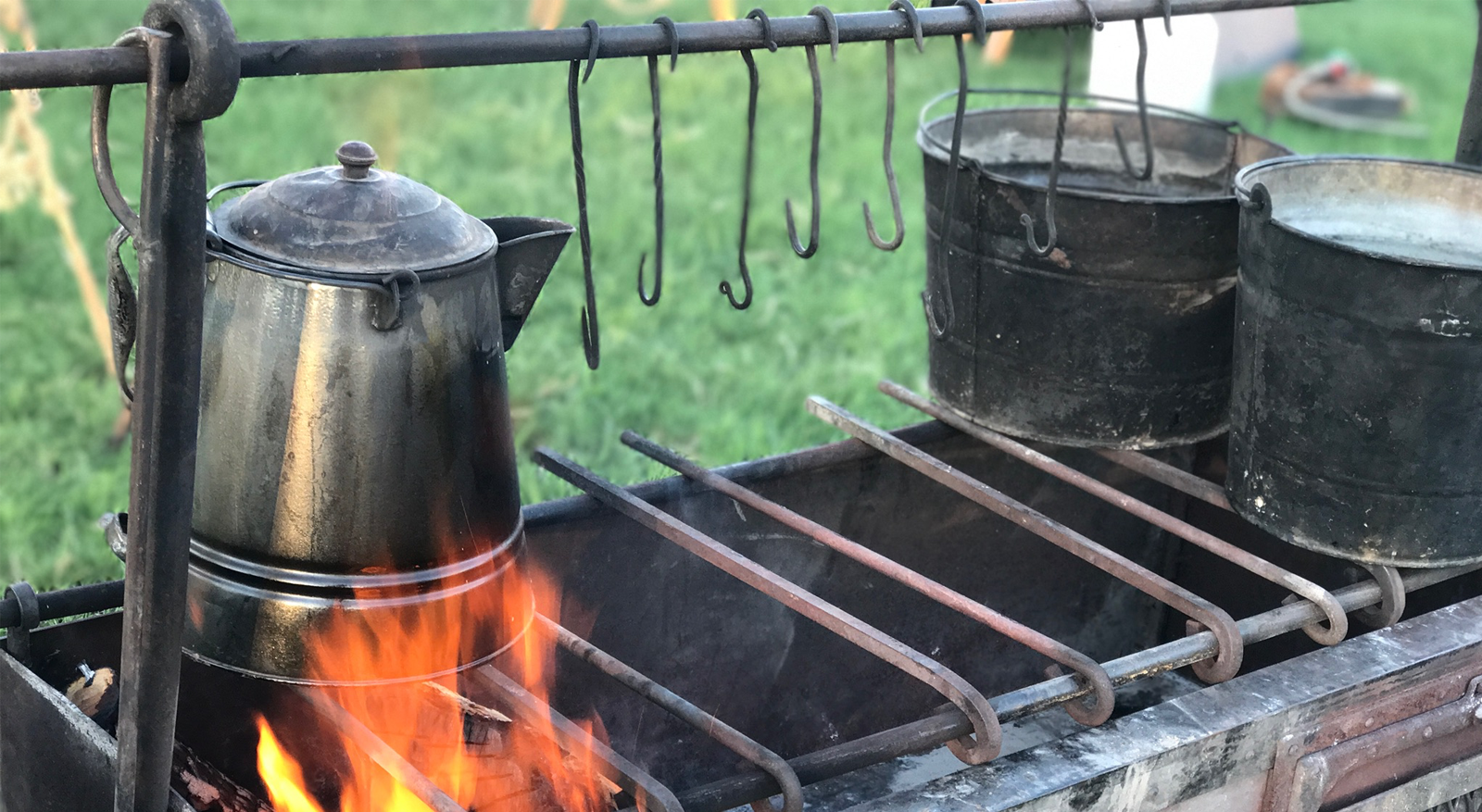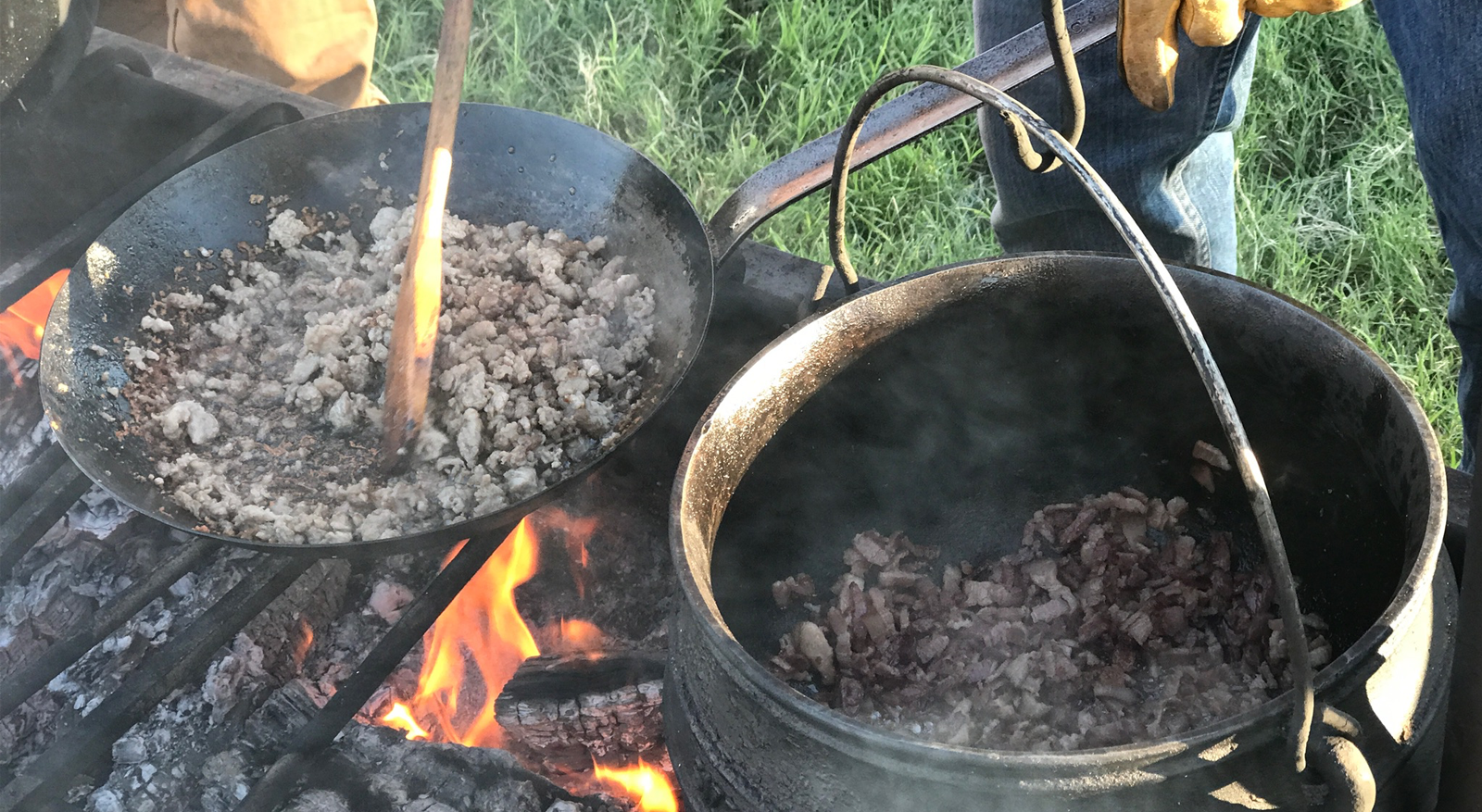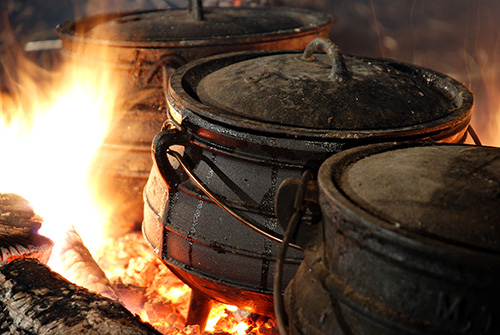Welcome to Potjiepot.com
NEWS ALERT!
We will soon be re-stocking Best Duty brand pots! We are very excited about this and looking forward serving our loyal customers with the best.
We provide quality cast iron Potjies of all sizes 1/4 to 25 as well as flat (plat) bottom potjies in size 1/2 to 3.
We now offer Apple Pay on checkout and a better mobile experience
All potjie pots can be used on open fire as well as on gas burners. Potjie pots are the perfect cooking experience for camping, hunting and fishing as well as RV'ing.

There is nothing that build memories like a cooking experience that last hours and have participation of all parties of friends and family in the event to enjoy around a campfire.



Featured
Potjie Pot Size No. 3 (9 qt)
Potjie Pots are made in many sizes from small herb pots to large sugar kettles and seasoned with an ..
$99.95
Plat (Flat) Potjie Pot Size No. 3 (9 qt)
Potjie Pots are made in many sizes from small herb pots to large sugar kettles and seasoned with an ..
$99.95
Potjie Pot Size No. 1 (3 qt))
Potjie Pots are made in many sizes from small herb pots to large sugar kettles and seasoned with an ..
$69.95

-200x200.jpeg)
-200x200.jpeg)
-200x200.JPG)